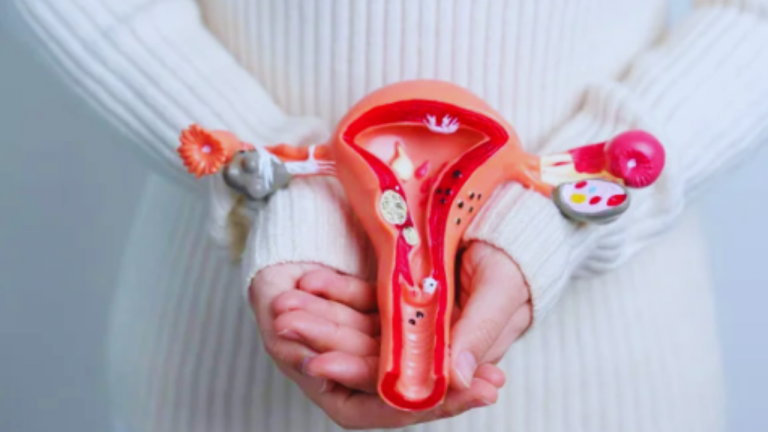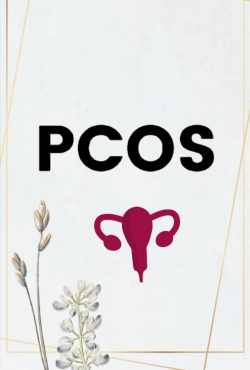Dysmenorrhea – Menstrual Cramps

Dysmenorrhea, commonly known as menstrual cramps, refers to the painful sensations that some women experience during their menstrual periods (menstruation). Menstrual cramps can range from mild discomfort to severe pain and can significantly impact a woman’s daily activities and quality of life. These cramps are a common menstrual problem experienced by many women during their reproductive years.
Causes of Menstrual Cramps (Dysmenorrhea):
Menstrual cramps are primarily caused by the release of prostaglandins, which are hormone-like substances that play a role in the contraction of the uterus. Before and during menstruation, the uterine muscles contract to help shed the uterine lining. Higher levels of prostaglandins can lead to stronger and more intense uterine contractions, resulting in menstrual cramps.
Primary Dysmenorrhea:
Most cases of menstrual cramps are classified as primary dysmenorrhea. In primary dysmenorrhea, there is no underlying medical condition causing the pain. The cramps usually start shortly before or at the beginning of menstruation and can last for a few days. They often improve as a woman gets older and may diminish after childbirth.
Secondary Dysmenorrhea:
Secondary dysmenorrhea occurs when menstrual cramps are caused by an underlying medical condition or reproductive issue. Some conditions that can lead to secondary dysmenorrhea include:
Endometriosis: A condition where tissue similar to the uterine lining grows outside the uterus, causing inflammation and pain.
Adenomyosis: A condition where the uterine lining grows into the muscular wall of the uterus, leading to increased menstrual pain.
Uterine fibroids: Non-cancerous growths in the uterus that can cause pain during menstruation.
Pelvic inflammatory disease (PID): An infection of the female reproductive organs that can result in painful periods.
Cervical stenosis: A narrowing of the cervical opening that can obstruct menstrual flow and cause pain.
Intrauterine devices (IUDs): Some types of IUDs may lead to increased menstrual pain.
Management of Menstrual Cramps:
The management of menstrual cramps depends on their severity and underlying cause:
Over-the-counter pain relievers: Nonsteroidal anti-inflammatory drugs (NSAIDs), such as ibuprofen or naproxen, can help alleviate menstrual cramps by reducing inflammation and prostaglandin levels.
Heat therapy: Applying a heating pad or taking a warm bath can help relax the uterine muscles and provide relief from cramps.
Exercise: Regular physical activity, especially aerobic exercises like walking or swimming, can help reduce menstrual pain and improve overall well-being.
Hormonal contraceptives: Birth control pills or hormonal patches can be prescribed to regulate menstrual cycles and reduce the intensity of cramps.
Lifestyle changes: Reducing stress, getting enough sleep, and maintaining a healthy diet can positively influence menstrual health.
Medical treatment: If menstrual cramps are severe and caused by an underlying condition, medical treatment targeted at the specific cause may be necessary.
If menstrual cramps significantly affect a woman’s daily life or if there are concerns about their cause, it is essential to seek medical evaluation and advice for appropriate management and relief of symptoms.



